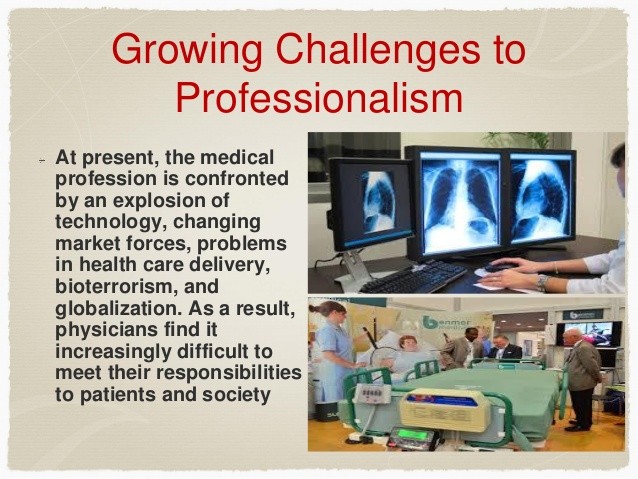Health Care Technology Investing Essentials
Post on: 18 Июнь, 2015 No Comment

It may not seem like it at times, but our health-care system is a well-oiled machine. Patients, though, only observe the front-end of this massive machine, which involves meeting with physicians, nurses, and other hospital or clinical staff. They often forget that there’s a glue that holds the entire system together behind the scenes: namely, health-care technology.
The evolution of health-care technology is helping to make hospital and clinical services more efficient for physicians, nurses, and even patients. Not to mention, that technological advances allow investors to be on the cutting-edge of one of the most rapidly growing industry on Earth: health care.
But in order to become a wise investor in the health care technology industry you first have to understand what it comprises, how it evolved into its modern state, and what factors tend to influence its success. Let’s have a closer look at the answers to these questions.
What is health-care technology?
One of the common misconceptions is that health-care technology includes anything having to do with the technological advancement of therapeutic drugs, diagnostic equipment, or medical devices. That’s merely industry innovation and not the backbone of the health-care industry that we’re discussing here today.
Health-care technology involves the information technology and cloud-based software that hospitals, clinics, and their staff use to decrease paperwork and idle time, reduce costs, and improve productivity and efficiency. This software includes, but is not limited to, such factors as electronic health records, payroll and revenue cycle management, and health-care data analytics.
What is the history behind health care technology?
While software has been integrated into the hospital and clinical setting for a few decades now, a real catalyst for health-care technology came in 2004 when President George W. Bush implemented the Health Information Technology Plan. This encouraged medical-care provider to establish and implement electronic health record, or EHR, software over the course of the next 10 years in order to improve patient safety and operational efficiency.
EHR, which is perhaps the most visible and shining example of health-care technology’s advancement, received another boost in 2009 when President Barack Obama offered incentives to aid the shift toward electronic record-keeping through the American Recovery and Reinvestment Act, or ARRA.
Specifically, the Health Information Technology for Economical and Clinical Health (HITECH) Act, which was rolled into the ARRA, promoted the adoption of information technology designed to strengthen privacy and security concerns associated with patients’ medical records. Adopting a carrot-and-stick approach, the HITECH Act allowed for EHR adopters to receive an incentive starting in 2011 based on how quickly they transitioned to the cloud-based technology with holdouts accruing penalties beginning in 2015.
Today, hospitals and clinics are increasingly turning toward health-care technology to streamline their productivity and to help control costs in the wake of the implementation of the Affordable Care Act. With a number of unknowns tied to the Affordable Care Act, such as how effectively it will decrease the uninsured rate over the coming years and what the health makeup of the newly insured look like, controlling expenses will remain a top priority for hospitals and outpatient clinics moving forward.
How many health care technology companies are there?
Although there are only a little more than a dozen publicly traded health care technology companies that you can currently invest in, this number is expected to grow rapidly as medical-care facilities deal with an influx of newly insured people as a result of the Affordable Care Act.

If you include health care technology companies around the globe, as well as domestic privately held businesses, then we’re probably looking at hundreds of companies aimed at improving hospital and clinical efficiency through cloud-based infrastructure.
What are the advantages and disadvantages of investing in health care technology companies?
The most apparent advantage of health care technology companies is they allow medical-care facilities to reduce their long-term costs by improving productivity and workflow efficiency. The idea here would be that as more companies adopt cloud-based information technology and software, and observe the benefits of utilizing this technology, the profit potential of health care technology companies could soar through increased orders.
Also, even though competition among health care technology developers can be intense, most cloud-based systems tends to be markedly unique from one another. What this means for the companies behind this information technology is that its clients are often discouraged from switching to a competitor. In other words, health care technology companies are developing a high-growth, predictable cash-flow subscription model, which investors and Wall Street love to see.
Of course, there are possible headwinds that investors should be aware of. For example, health information technology can save medical-care facilities money over the long run, but the upfront costs to implement the technology can be substantial and actually slow its adoption. In addition, there is a negative side to high switching costs. While the incentive to avoid lengthy learning curves associated with training physicians and staff on how to use a new software system helps entrenched players, it could make it tough for new-comers to gain market share without a truly superior product.
Sean Williams has no material interest in any companies mentioned in this article. You can follow him on CAPS under the screen name TMFUltraLong. track every pick he makes under the screen name TrackUltraLong. and check him out on Twitter, where he goes by the handle @TMFUltraLong .
The Motley Fool has no position in any of the stocks mentioned. Try any of our Foolish newsletter services free for 30 days. We Fools don’t all hold the same opinions, but we all believe that considering a diverse range of insights makes us better investors. The Motley Fool has a disclosure policy .














